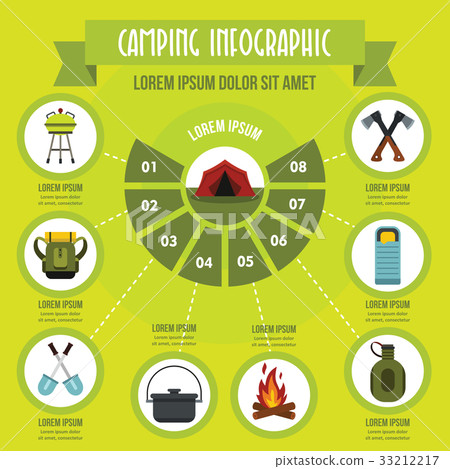Winter months outdoor camping is a fun and daring experience, however it calls for appropriate gear to ensure you stay cozy. You'll need a close-fitting base layer to catch your body heat, along with an insulating coat and a water-proof covering.
You'll additionally require snow stakes (or deadman anchors) hidden in the snow. These can be linked using Bob's creative knot or a normal taut-line drawback.
Pitch Your Tent
Wintertime outdoor camping can be an enjoyable and adventurous experience. Nevertheless, it is necessary to have the proper gear and understand exactly how to pitch your outdoor tents in snow. This will certainly prevent cold injuries like frostbite and hypothermia. It is also essential to consume well and remain hydrated.
When establishing camp, make sure to pick a site that is protected from the wind and devoid of avalanche threat. It is also a good idea to pack down the area around your camping tent, as this will certainly help in reducing sinking from temperature.
Prior to you established your tent, dig pits with the same size as each of the anchor points (groundsheet rings and man lines) in the facility of the camping tent. Fill up these pits with sand, rocks or perhaps things sacks loaded with snow to portable and secure the ground. You might also intend to take into consideration a dead-man anchor, which involves linking camping tent lines to sticks of wood that are hidden in the snow.
Pack Down the Area Around Your Outdoor tents
Although not a requirement in most locations, snow stakes (also called deadman supports) are an outstanding enhancement to your camping tent pitching kit when outdoor camping in deep or compressed snow. They are basically sticks that are made to be buried in the snow, where they will ice up and create a solid anchor factor. For finest results, utilize a clover hitch knot on the top of the stick and hide it in a few inches of snow or sand.
Set Up Your Camping tent
If you're camping in snow, it is an excellent concept to use an outdoor tents developed for winter months backpacking. 3-season camping tents function fine if you are making camp below tree zone and not expecting specifically severe climate, however 4-season outdoors tents have stronger posts and materials and supply more defense from wind and heavy snowfall.
Make certain to bring sufficient insulation for your resting bag and a warm, completely dry inflatable floor covering to sleep on. Inflatable floor coverings are much warmer than foam and help stop cold areas in your tent. You can likewise include an extra mat for resting or food preparation.
It's additionally a great concept to set up your camping tent near a natural wind block, such as a team of trees. This will make your camp a lot more comfy. If you can't discover a wall tent windbreak, you can create your own by excavating holes and burying things, such as rocks, tent stakes, or "dead man" supports (old tent person lines) with a shovel.
Restrain Your Tent
Snow risks aren't essential if you use the ideal techniques to anchor your camping tent. Hidden sticks (possibly collected on your approach walk) and ski poles work well, as does some variation of a "deadman" buried in the snow. (The idea is to produce a support that is so strong you won't have the ability to draw it up, even with a lot of initiative.) Some suppliers make specialized dead-man anchors, however I favor the simpleness of a taut-line hitch connected to a stick and afterwards hidden in the snow.
Be aware of the terrain around your camp, particularly if there is avalanche threat. A branch that falls on your tent could damage it or, at worst, harm you. Additionally be wary of pitching your tent on a slope, which can catch wind and bring about collapse. A protected location with a low ridge or hillside is far better than a high gully.
